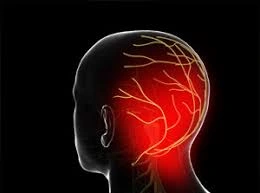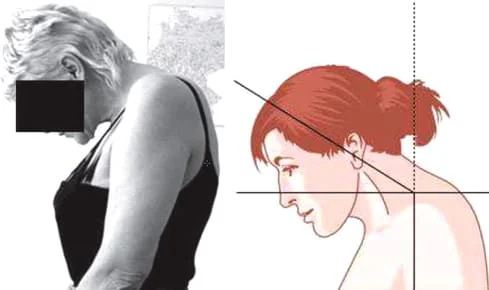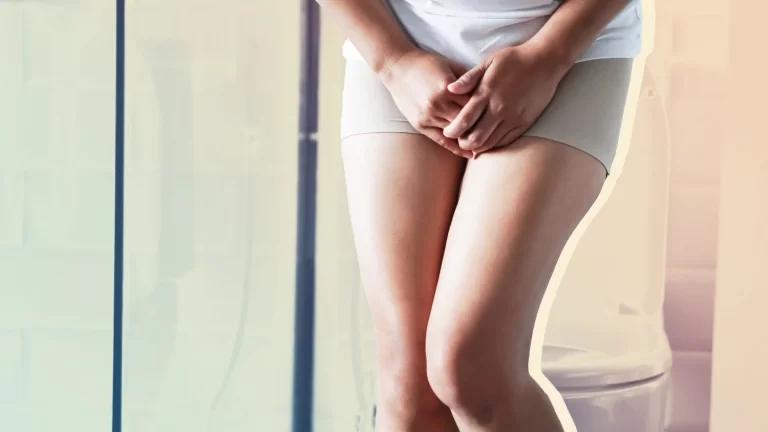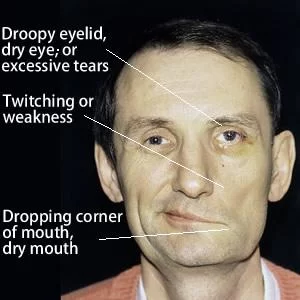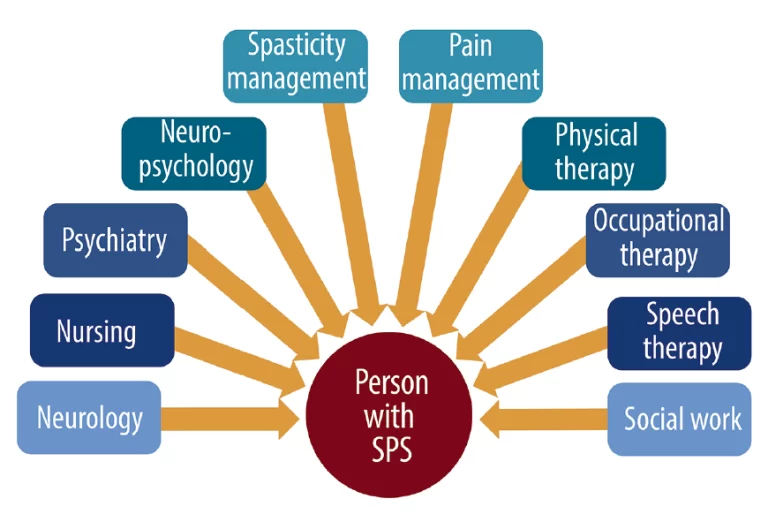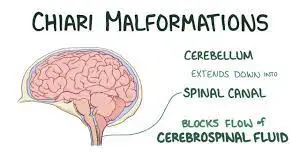Occipital Neuralgia
What is Occipital Neuralgia?
Occipital Neuralgia is a rare disease and drops under the sub-classification of headaches. In this disease generally, occipital nerves get inflamed and induce headaches traveling within their dermatomal courses generally upwards beginning from the base, side, and back of the skull and radiating upwards towards the back of the eyes and after the ear.
What causes occipital neuralgia?
It is not constantly possible to define the cause of occipital neuralgia. Nonetheless, some common causes contain:
- trauma to the back of the head
- tight or tense neck muscles
- nerve pressure as a result of:
- swollen blood vessels
- gout
- cysts
- tumors
- infections
- compression on the back of the head
- diabetes
- osteoarthritis of the upper cervical spine
- cervical disc disorder
What are the risk factors for occipital neuralgia?
Certain factors may make you more probable to experience occipital neuralgia. These contain:
- a recent or previous neck injury
- previous head or neck surgery
- irregular structures in the neck, head, or spine
- repeated pressure or strain on the neck
- certain diseases, like:
- diabetes
- osteoarthritis
- cervical disc disease
- gout
What are the symptoms of occipital neuralgia?
Symptoms of occipital neuralgia involve the back of the head, the neck, the scalp, and the areas after the ears. The pain generally happens on one side of the head.
Occipital neuralgia symptoms can contain:
- aching
- a burning sensation
- throbbing
- intermittent shooting ache
- pain behind the eye on the involved side
- Some patients compare the ache of occipital neuralgia to the symptoms of migraine.
Diagnosis
Diagnosis for Occipital neuralgia can be tough due to the lack of gold-standard testing and inconclusive proof. Nevertheless, diagnostic facts are better when a physical and neurological examination is performed together. if outcomes are inconclusive then other imaging such as MRI or CT scan can be ordered to show a multi-dimensional outlook for the likely consolidated structures. Some doctors or physicians would choose to use the occipital nerve block method to verify and treat the disease.
Treatment
Treatment can be medical or surgical depending on the severity of the disease and the clinical resignation of the doctor or physician.
Medical treatment
Pain relieving Medicine mainly Non-steroidal anti-inflammatory drugs (NSAIDs)
Muscle relaxants
Anti convulsants
Percutaneous nerve blocks- doctor or physician administer 1cc injection of lidocaine and corticosteroid generally on the entrapment sites between the inion and mastoid process.
Physiotherapy treatment
Physical treatment may assist to enhance function in a patient with occipital neuralgia by assisting with the:
- Decrease pain and enhance mobility
- Enhance balance and coordination; and
- Strengthen muscles near the head and neck
- Physical treatment may also be useful for healing after an occipital neuralgia surgical method.
Thermo Therapy;- The person frequently reacts feeling more okay with the help of heat than a cold pack. yet, it is suggested to add a layer of towel or clothing between the skin and heat bag to avoid injuries such as burns and overstimulation of occipital cutaneous nerves.
Hot and cold pads
Using a heating pad or cold compress on your neck can assist to ease the pain. Do not use heat or ice directly on your skin.
Exercise
The best occipital neuralgia exercises include:
Range of motion
Resistance bands
Neck flexion and extension
Sub-Occipital Neck Stretch
Sit in a straight-backed chair in a sitting position with your head and neck in sequence with your spine. Put the pointer and center finger of your right hand on your chin. Make your chin back slightly, as though you are attempting to create a double chin. Maintain your mouth closed. Attempt to move only your head back towards the back of the wall after you. You should sense a stretch along the back and sides of your neck and the bottom of your skull. Maintain the stretch for a few seconds, then free.
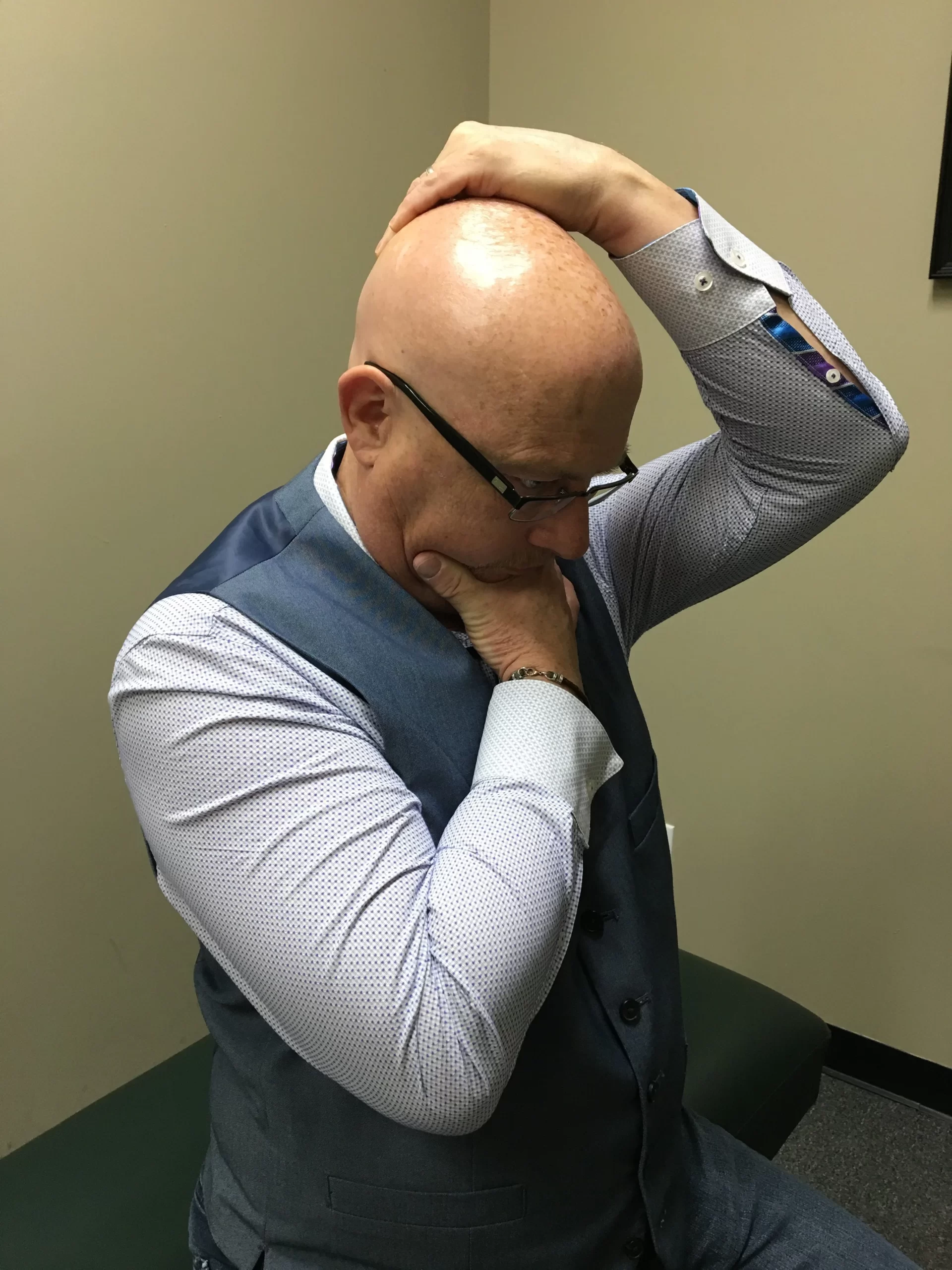
Splenius capitis muscle stretch
The right-side splenius capitis is stretched by bending, left laterally bending, and left turning the head and neck at the spinal joints or junctions, while the right-the-side shoulder girdle is permitted to elevate.
You can maintain for 30 seconds and 3 repeats.
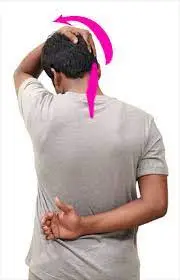
Splenius cervicis muscle stretch
Stand or sit erect
Maintain your head up facing straight forward
Move your head forward side by attaching it to your chin
Note: Maintain your head up during this stretch. Accomplish not to allow your chin to fall towards the bottom.
You can maintain for 30 seconds and 3 repeats.
Semispinalis capitis muscle stretch
The semispinalis capitis muscle(of the transversospinalis group) is stretched by bending the head and neck at the spinal joints or junctions. Adding in lateral bending (not noticed in the accompanying illustration) will improve the efficacy of the stretch for the further-side semispinalis capitis muscle.
You can maintain for 30 seconds and 3 repeats.
Trapezius muscle stretch
Gradually bring your left ear toward your left shoulder. It’s realistic for your right shoulder to raise as you do this. If that occurs, reduce your head back toward the middle until you can rest your right shoulder back down.
Slightly free this side, and then reduce your right ear toward your right shoulder and finish the stretch on the further side, breathing deeply via it.
You can maintain for 30 seconds and 3 repeats.
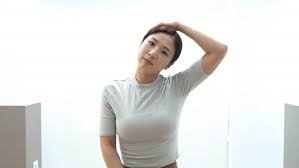
Splenius cervicis muscle stretch
The left-side splenius cervicis muscle is extended by bending, right laterally bending, and right turning the neck at the spinal joints or junctions, while the left-side
the shoulder girdle is permitted to elevate.
You can maintain for 30 seconds and 3 repeats.
Range of motion exercise
This kind of activity allows restoring range of movement and flexibility in the:
Neck
Shoulders; and
Upper back
Range of movement activities can assist to reduce pain and enhance reduced function that is caused by occipital neuralgia.
Neck flexion and extension exercise
Neck flexion and extension activities assist to stretch and expand the muscles around the head, neck, and arms.
Examples of stretching exercises contain:
Shoulder rolls
Arm circles; and
Neck stretches
Similar to the range of movement activities, neck flexion and extension exercises can even assist to reduce neck pain and enhance function.
Resistance band exercise
Resistance band activities are an excellent way to enhance your occipital neuralgia symptoms.
Some instances of activities that are useful for physical treatment contain:
Band lateral raises
Band pull-ups; and
Band shoulder presses
These exercises assist to stretch and strengthen the muscles surrounding the nerve, which can assist to decrease pain.
Surgical Intervention
Generally, surgical interventions in Occipital neuralgia are selected when conservative therapy and nerve block injections fail to ease the symptoms.
Occipital nerve stimulation surgery
Occipital nerve stimulation includes putting electrodes under the skin close to where the occipital nerves are situated. An instrument then sends electrical stimulations that block ache messages that are transmitted from the spine to the brain.
Your doctor or surgeon will conduct this utilizing either percutaneous leads or paddle leads. Percutaneous leads are insertable beneath the skin, while you will need surgery with paddle leads.
It is likely to experience up to 50% pain ease with occipital nerve stimulation.
Spinal cord stimulation surgery
Spinal cord stimulus functions in a similar way to occipital nerve stimulation, besides that your surgeon or doctor will put the electrodes after your spinal cord.
You will be capable to try this method first by wearing wires outside of the spinal cord and holding them with a machine. Solely if the trial is victorious will a surgeon or doctor bring out the surgical method
C2,3 ganglionectomy
C2,3 ganglionectomy includes the trouble of the spine’s second and third cervical nerves, or C2 and C3. These are vertebrae at the lid of the spine that maintain parts of your head and neck.
Neurectomy
During a neurectomy, your surgeon or doctor will cut and release the nerve that is liable for the ache. This may be the C2 or second – 2 spinal nerve.
Nerve decompression surgery
Nerve decompression surgery includes moving blood vessels or tissues that are pushing on the nerve. The surgeon or doctor will pad the site with fat to control another compression.
Home remedies for occipital neuralgia
Use ice/heat treatment. Ice treatment may decrease local inflammation and ease the pain. Tuck an ice pack under the bottom of your skull as you lie down. Nevertheless, you may see more relief using heat treatment, like an electric heating pad. When you use heat to the involved region, local blood vessels are enlarged and blood flow to the neck gains, which can decrease muscle tightness. Don’t use the cold/heat source for more than 20 minutes at a time. Ever use a barrier, like a hand towel, between your skin and the cold/heat source
Take NSAIDs. Nonsteroidal anti-inflammatory drugs (NSAID) are over-the-counter drugs like ibuprofen (e.g., Advil, Motrin) and naproxen (e.g., Aleve). Bringing them may assist to decrease inflammation and easing headaches/neck aches. Observe the instructions on the tags and concern with a physician or pharmacist to create confidence that you’re using these drugs safely.
Give yourself a neck massage. Use gentle stress from your fingertips at the bottom of your skull. This message can assist relaxed tight muscles and free tension. You can also put a rolled towel beneath your head and neck as you lie down on your back in a supine position. The stress from the towel can supply a mild massage. Stop instantly if the massage worsens your ache.
Do chin tucks regularly. Some patients with occipital neuralgia may be connected to poor posture emphasizing the nerves. The chin tuck activity purposes to stretch the muscles and connective tissue in the painful region and strengthen the muscles that align your head over your shoulders. Stand with your upper back opposite to a wall, feet shoulder-width separated. Face ahead, crease your chin down, and drag your head back until it meets the wall. Attempt to obtain your head back in a linear line without tilting it back or nodding forward. Maintain the stretch for 5 seconds before resting, and replicate 10 times. If this activity rises pain or discomfort, stop instantly.
If these self-care suggestions don’t reduce your occipital neuralgia ache, visit a healthcare provider or doctor. You may see ease via prescribed pain drugs and/or a guided physical treatment schedule. A doctor or physician may even consider offering a steroid injection to assist to reduce inflammation and decrease the pain.
Will a ketogenic (keto) diet help reduce inflammation and pain from occipital neuralgia?
The ketogenic diet is a high-fat diet that drastically limits carbohydrates. It delivers a response in the body that is equal to fasting. The low-carb, high-fat keto diet induces the metabolic state called ketosis, in which essences called ketones or ketone bodies collect in the blood. These are the exact essences that collect during ketoacidosis (a medical emergency) in a patient with type 1 diabetes.
A ketogenic diet is useful in treating seizure diseases that have not responded to two various antiseizure drugs. While this therapy is most frequently used in kids, some grown-ups with seizure diseases may also be assisted by a ketogenic diet. Recent analyses have analyzed the capacity of ketogenic diets to decrease inflammation and ache from occipital neuralgia.
A ketogenic diet is generally not suggested for weight management because it is not superior to further more standard weight management programs and may be associated with health risks, involving nutritional deficiencies.
Most ketogenic diets allow foods high in saturated fat, involving;
- processed meats
- fatty cuts of meat, for instance:
- red meat
- lard, and
- butter
Generally, a ketogenic diet also involves unsaturated fats such as;
- oily fish,
- nuts,
- seeds, and
- plant oils.
FAQ
What triggers occipital neuralgia?
There is no exact stimulus for occipital neuralgia. It can happen when the muscles evolve tight or pinched, and motions as mild as stroking the hair can begin chronic aches.
How can I make occipital neuralgia go away?
Home remedies like using a heating pad or taking OTC drugs can assist to ease pain due to occipital neuralgia. Surgery may also be a selection.
Can occipital neuralgia go away on its own?
If occipital neuralgia happens due to inflammation of the nerves, it may go out on its own as the inflammation declines. Yet, if it happens due to injury, your doctor or physician may suggest surgery.
What does occipital neuralgia feel like?
Occipital neuralgia ache tends to feel throbbing, piercing, or such as an electric shock.
Does occipital neuralgia show up on an MRI?
A doctor or physician may set for an MRI scan to examine for signs of nerve compression or inflammation, which can show occipital neuralgia. They may also perform a CT scan.

